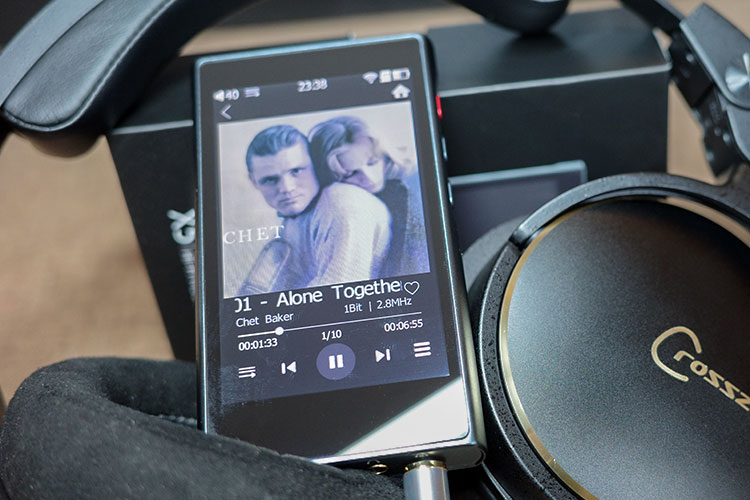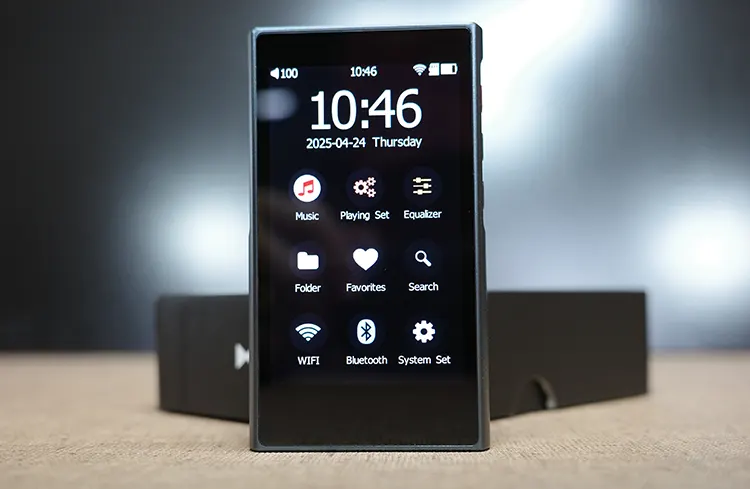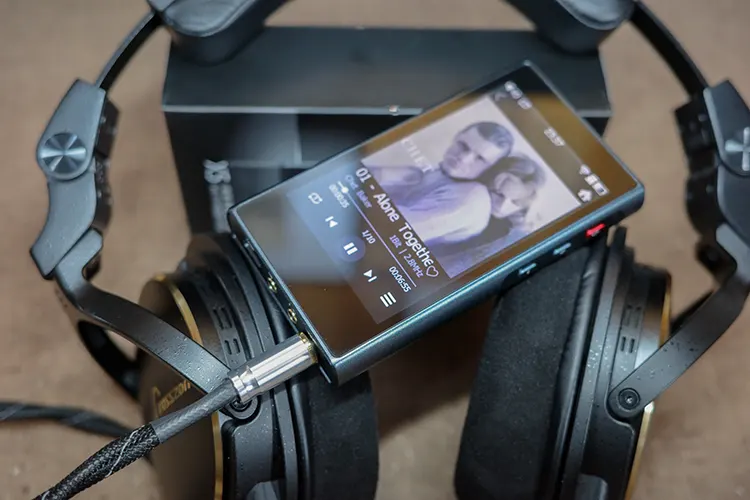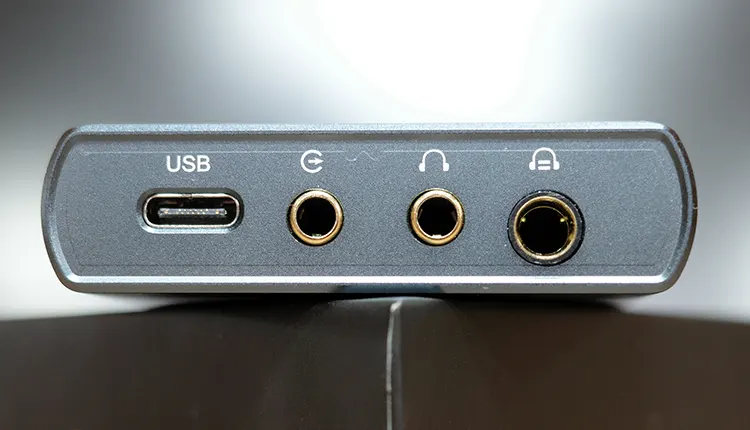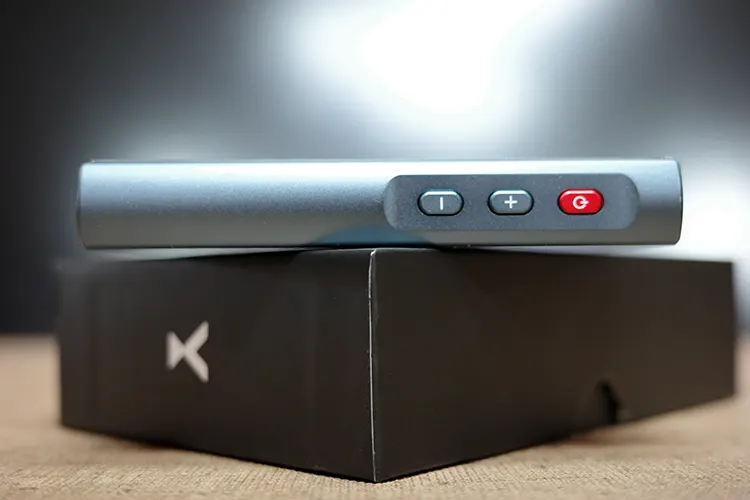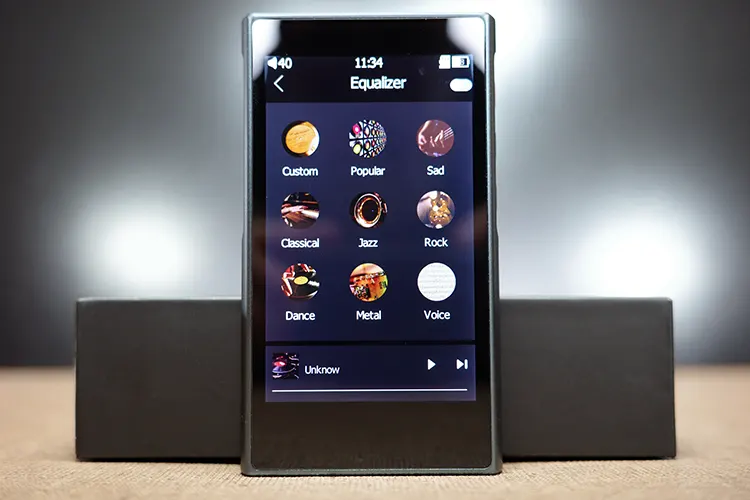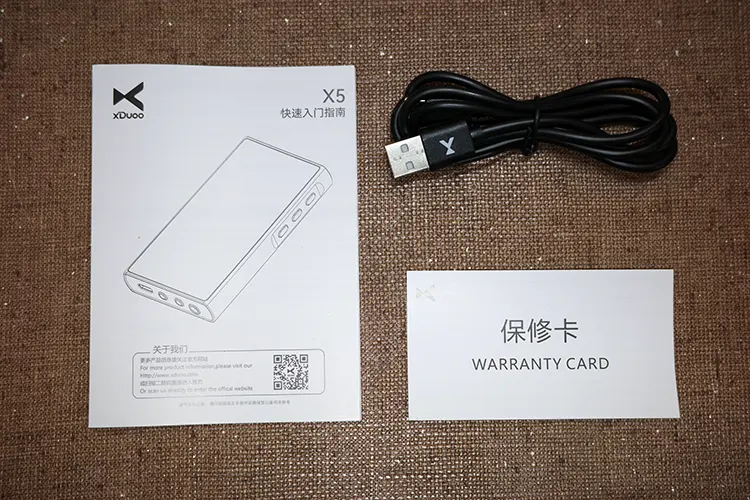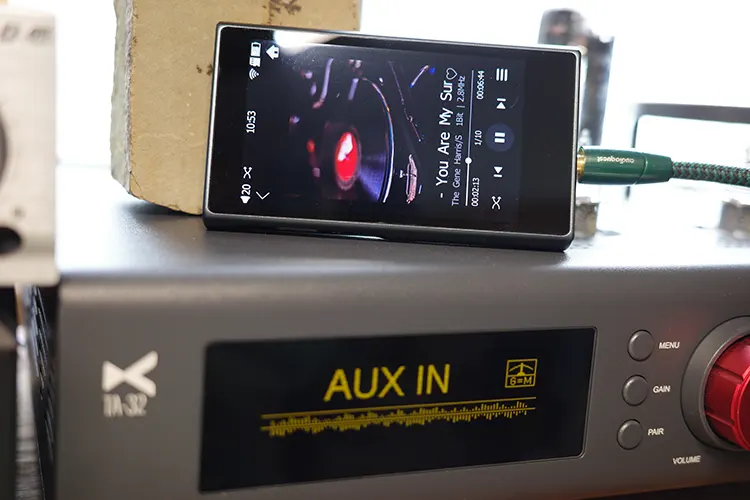In this feature, Lynn reviews the xDuoo X5, a Linux-based portable media player with a dual CS43131 DAC, wireless functionality, and 270mW of output power. It is currently priced at $209.
Disclaimer: This sample was sent in exchange for my honest opinion. Headfonics is an independent website with no affiliate links or status. I thank Shenzhen Audio and xDuoo for their support.
Click here to read more on xDuoo products that we have previously reviewed on Headfonics
This article follows our current scoring guidelines, which you can read in more detail here.
Ever since I reviewed the xDuoo T10 transport, I realized that sometimes streaming is not necessary. For a good portion of that time, the X10T was my main form of listening for review purposes. Since it was a transport-only, using it as a source was optimal for my purposes.
The X5 essentially presents a new version of the X10T, but with the ability to listen directly, including with the now ubiquitous 4.4mm balanced option and Bluetooth, giving more listening options.
Sometimes going backwards is needed, and the X5 may prove its worth in that regard, though competition from the FiiO JM21 and the HiBy R1 might be a distraction. How much? I found out in my full review below.
Features
The xDuoo X5 features dual Cirrus Logic CS43131 DAC chips, supporting up to 32-bit/384kHz PCM and DSD256 audio formats, including both wired and wireless connectivity options.
With a 3.5-inch touchscreen, 10-band equalizer, and two-way 4.2 Bluetooth support, it’s designed to be flexible enough for different listening styles, while still being utilized as a source.
The X5, using those two CS43131 DAC chips, helps process high-resolution audio while keeping distortion low.
This dual-DAC setup means potentially better dynamics with a cleaner sound, something that may matter if you’re after more detail and depth in your music.
Supporting a wide range of audio formats, from high-resolution FLAC, WAV, AIFF, and APE to more common formats like MP3, the X5 does not show itself to be “old.”
For use with wired headphones or IEMs, you can choose between a standard 3.5mm jack or a 4.4mm balanced output, or Bluetooth 4.2 with LDAC support, for use with your Bluetooth headphones or speakers.
It also works in reverse (two-way BT)—so you can stream music from your phone to the X5, using it as a Bluetooth receiver.
Plug it in via the USB on the bottom, and it acts as a DAC for use in for your listening purposes. If you plug the X5 into your car’s USB port, it will automatically turn on and off with the ignition, saving you from manually starting it every time. Yet another nice change from streaming.
The xDuoo X5 supports microSD cards up to 1 TB. There’s also a voice-activated song search when connected to WiFi, allowing you to search for a specific song.
With an output power that reaches 270 mW, the X5 is capable of driving various types of headphones.
Design
The 3.5-inch IPS high-definition screen with a resolution of 480×800 pixels is surrounded by the device measuring 10.5cm x 6.0cm x 1.6cm with a weight of a scant 0.15kg. Slightly smaller than a comparable DAP, such as the FiiO JM21, allows you to carry the device in pretty much any pocket.
The touch screen takes up most of the screen, with a spot to rest your thumb when controlling, making the X5 eminently usable with one hand.
The microSD slot on the left is unprotected, though, which is a shame, since dirt and dust can potentially enter the slot.
The bottom has a USB-C plug, an output 3.5mm jack for use as a transport to other devices, and the 3.5mm single-ended and 4.4mm balanced jacks are left to right.
The “Gold-plated” headphone jacks functioned with sufficient force, but to me, they were both a little tight for my liking.
The right side carries the red on/off button, which also functions to wake the device, and the volume up and volume down buttons. That’s it. There is no double tap to wake the device like you would find on a typical Android-driven device, so the red button will see quite a bit of use.
An odd design on the back carries a rectangular “glass” plate inlay on the top ⅓ over, well, nothing. There is no logo or design; it is simply an inlay over the blue-gray color of the X5. There are already a micro-scratch or two on that area.
I/O
The X5 carries a USB-C charging port on the bottom, There is also a 3.5mm aux out port for use when connecting to an external device..
The 3.5mm SE and 4.4mm balanced jacks can also be used for connecting to external devices, making for a fully balanced setup (in 4.4mm) if desired.
I found all of those functions worked well when connected to external devices, as did the quick connection to BT headphones or using the two-way from my iPhone 16 Pro Max.
Controls
The three physical buttons mentioned above control the device with fewer “distractions” than other devices. While odd, the lack of FF/REW buttons was a design choice to help minimize cost, one would guess.
Within the slight recess on the top left of the right side, the three buttons functioned without any play. This was nice to see, since sometimes on devices such as these, the functionality can be less than ideal.
Battery
The built-in 3.7V/2600mAh lithium polymer battery provides up to 10 hours of continuous use. A charge time of three hours is listed, and verified by me from close to 0% to full, +/-20 min. I was able to attain 10+/- hours of play on the X5, verifying the listed time.
Software Impressions
The basic xDuoo OS carries a modicum of adjustments ranging from an EQ to “Playing Set,” which changes gain, filters, play mode, and equalizer presets for a variety of genres.
There is one setting labeled “Sad” that minimizes most frequencies, relying upon background music. There is a delay while implementing each equalizer mode.
The 10-band equalizer lets you adjust frequencies with a ±12dB range, giving you control over how your music sounds.
The three Digital Filters range from fast & slow roll off to minimum phase. Minimum phase gave a slight holographic effect while fast roll off tightened the musical response with a slight upper mid push. Slow roll off was kind of the middle child of the three.
In use, I found the X5 to be adequate, but sluggish. Scrolling within the music system, such as Artists or Song, lagged when you hit the bottom of what was shown on the screen.
This can be countered by using the voice command when hooked to WiFi, which I did with success. But when not on WiFi, the lag was a letdown. A slightly more refined OS would allow for a more seamless functionality of the X5.
Packaging & Accessories
The xDuoo X5 comes in a typical black rectangular box, protected well in a hard foam insert. The underside of the lid carried a soft foam surface, protecting the unit from scratches, even though the X5 was in a protective plastic sheath.
A nicety to me was the cutout half-moons on each side of the lid, making for easy removal, and something I wish more manufacturers would consider.
Underneath the black paperboard “shelf,” you get the USB-C to USB-A charging cable, the instruction guide, and the warranty card. Minimal packaging for a minimalist product.
Connectivity
Bluetooth
The 4.2 BT connection to the Noble FoKus Apollo was seamless, as was the two-way connection to my iPhone. In this day and age, connectivity issues are of minimal concern to me since they are so good.
I did not use the X5 in a manner that promoted video use, since to me, this is a minimalist music player first and foremost.
WiFi
Much like BT, WiFi connectivity was easy, allowing for the use of voice commands in searching my music database once updated.
USB-DAC
Using the 3.5mm AUX out, the X5 connected to the xDuoo TA-32 without issue. Running the single-ended to a dual RCA connection made for a similar response to using the older X10T. Running the X5 on full volume, much like Line-Out, made for a wonderful pairing.
Sound Impressions
The listening impressions listed below were made using the Noble Audio Knight IEM, Noble FoKus Apollo BT headphone, and the Crosszone CZ-8A Enhanced. Connectivity options used were an upcoming BT-powered speaker, my iPhone 16 Pro Max, and the xDuoo TA-32.
The X5 was run for 50 hours before critical listening for battery testing purposes.
Summary
Harkening back to the xDuoo X10T, I remembered how impressed I was with the sound. A marked difference from streaming services at the time, the X10T was my go-to listening source for close to six months while reviewing or for comparisons.
The X5’s familial resemblance is heard with excellent detail retrieval and transient response right up there with many more “diverse” offerings.
A punctuating midrange carries excellent volume to the note weight without becoming brittle or overbearing. The bass response is taut, but not thunderous, carrying forward the music of the recording with minimal impact upon clarity.
The extension up top is one where, for once, I appreciate the extended reach, which did not bother my high-end intolerance. The level of detail retrieval heard from the upper end provides excellent detail while allowing individual offerings to shine.
One might think this disconnected nature would hinder the overall signature. Rather, the combination presents an airiness and weight to the sound signature that comes across as vibrant without becoming thin or invasive.
Timbre
The xDuoo X5 carries on with a vibrant tonality, belying what could be a thinner character with excellent note weight.
Attack and decay are about equal, giving good girth to the notes without elongating either side. Thus, note qualities are just about even concerning weight and distribution qualities.
This evenness affords the listener a look into the qualities of each note instead of focusing on elongation or truncation, which can hinder note placement and sonic signature.
With that evenness, an analytical note can sometimes come into play, but not so here. Instead of being analytically antiseptic, the X5 promotes a full quality to the music while staying pretty neutral.
This even style promotes excellent placement of those notes within the 3D aspect, giving the listener an accurate representation of instruments and their placement within the overall signature.
That said, the upper midrange can take on too much of the plaudits on some songs, making the signature less than transparent concerning that even tonality.
I also wish for a bit more push down below, but realize this can be added through the equalizer effects or the standard options listed in the menu.
What comes across is by no means thin or lacking quality, though. Instead, you simply have a signature that presents the evenness mentioned, without becoming flat in presentation.
Staging & Dynamics
The 3D expansion is about equal in width, depth, and height. When called upon, though, the upper midrange does expand height but does so without denigrating width or depth.
That upper midrange and lower treble region also helps to promote the depth of the soundstage, utilizing the instruments present in those regions.
The placement of those instruments is accurate and easily defined across all three dimensions, giving a very good presence to the sound signature.
As a result of this even tonality and texture, the transient response is quite good. I do think the even nature of attack and decay plays a big part in this equation.
That neutrality affords very good dynamics to the music, too. I found myself raising the volume levels of my listening because the dynamics involved allowed for excellent clarity without becoming grating, piercing, or sibilant.
There is enough punctuation to the music for a crisp signature, but without becoming tiresome due to an excessively vibrant tone. This is quite reminiscent of the X10T, and I appreciate the lineage-tying characteristics.
Click on page 2 below for my recommended pairings and selected comparisons.

